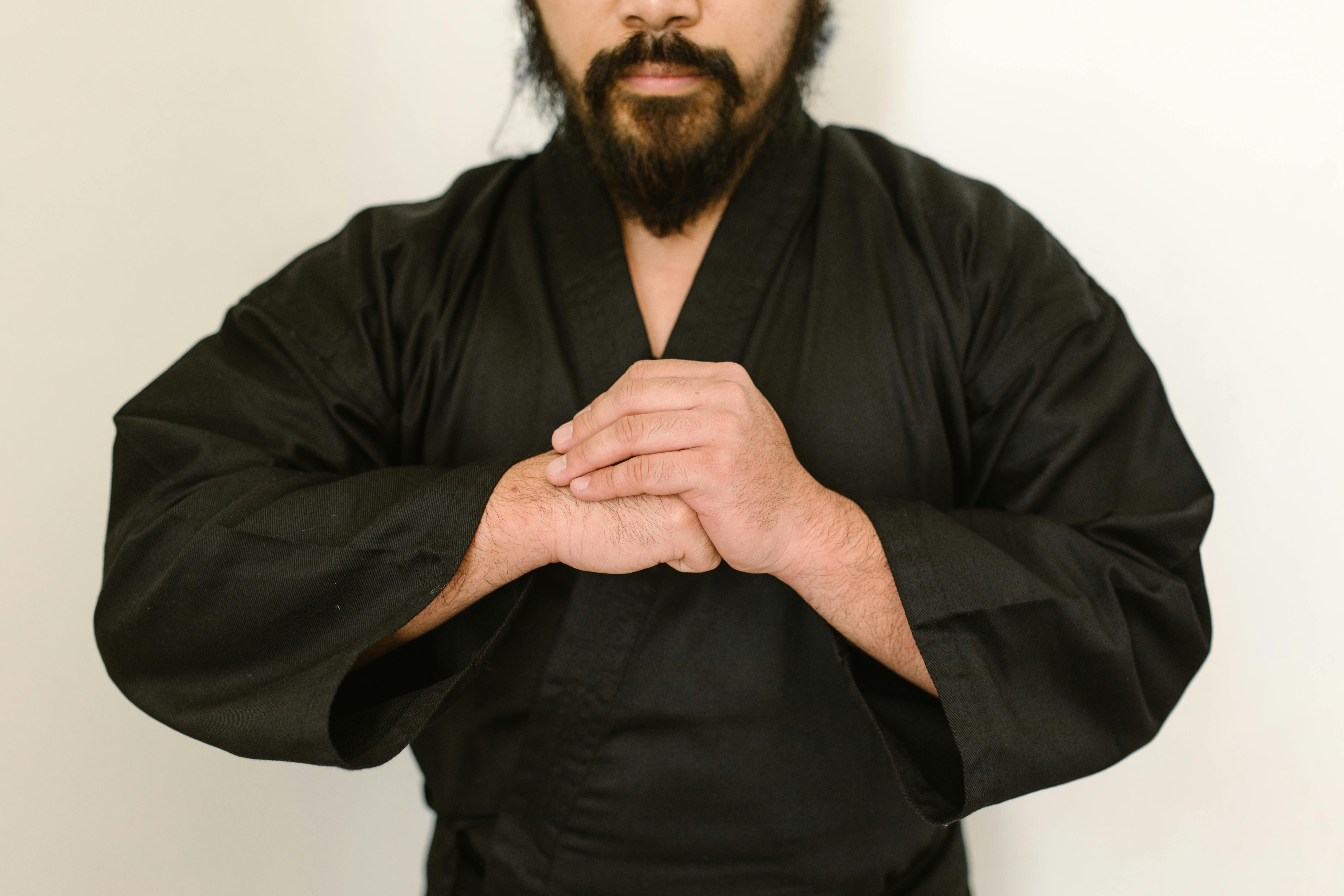About 4,000 years ago, fishermen and other sailors anchored their boats and other watercraft by tying a heavy stone to the end of a rope and dropping it under water. Fortunately, things began to look up when these rocks were replaced by iron hooks that laid the foundation for modern anchors. There are now numerous types of anchors available on the market and choosing one will depend on your load, the type of soil for your anchor and more. Among these types of anchors is the Northill anchor.
A tidal wave of history
Before the different types of anchors emerged, man used nature and imagination to make his journey as safe as possible. After using a rock or stone as their first anchor, the Egyptians invented the Killick in 2200 BC. The Killick was made of wood and stone that were compactly fashioned into 4 bills to grip the ground. Not long after this, the first functional anchorages were built in China and the East Indies. These models were also made of stone and wood and were shaped much like today’s modern anchors, except it only had one arm. Finally, the two-armed anchor was born on a Greek island. The most important thing is that this model used bronze as the material, instead of wood and stones.
The birth of an anchor
The Northill anchor was one of the models that came out in the 1900s. The other models were the Dormor, Barnacle, Fobo, and Danforth. The Northill anchor is a convenient option for boaters who want a model that can be easily stored on the boat and is not heavy. The removable buttstock adds gripping power on sandy or muddy terrain. This anchor is made from stainless steel that has been welded. The design of this model was actually inspired by the fisherman’s anchor. Take care when using this anchor in changing currents or strong winds.



